Seed saving is made easy with this comprehensive guide, no matter if you’re just beginning or simply want to refresh your memory with these how to save seeds basics.
This post may contain affiliate links at no additional cost to you. By making your purchases through the links on this website, IMSL may make a small percentage at no direct cost to you. IMSL only promotes products we use & truly believe in. Please refer to my Privacy & Disclosures for further information. IMSL thanks you for your support!
When fall arrives here in the NE, it arrives quickly and typically with a vengeance. Although as many of you know, I’m allergic to the cold 😂, and I’m definitely not a cold weather gardener.
Keeping a close eye on the weather, when frost is predicted, it’s time for my last foray into my garden to complete my fall garden chores. Seed saving is always high on my list of gardening chores. Why? Oh, let me count the ways….
WHY SAVE SEEDS
First, do you have to save seeds for planting next year? No. You can always opt to purchase your seed through the many online seed sources, catalogs, and your local garden center.
But for me, when I have the choice of saving seed year-to-year I take advantage. And for many reasons….
- MONEY – Saving your own seed for planting year-to-year saves a LOT of hard earned cash, and we all know how much I love FREE! Purchasing your seed stock each year can get costly!
- DIVERSITY – By saving your own seed you are taking part in increasing seed diversity and resiliency in agriculture
- POLLINATOR PROTECTION – Learning how to save and plant pollinator friendly seed creates those nectar sources that are vital to their survival
- PLANT ADAPTATION – Through choosing and saving only the healthiest of the plants seeds that do well in your gardening area, you are in essence building that plants strength. Strength that translates into amazing ability for your plants to adapt to the ever-changing local climate, increased germination rates, larger harvests, and less overall disease.
- SUSTAINABILITY – Saving seed for me is the ultimate in “bringing it home”. A large step in becoming resilient, self-sustaining, and creating a strong sense of self-sufficiency.
- LEGACY – Build a seed legacy by saving your seeds and passing them on to the next generation. In a nutshell, creating your own “heirloom” seeds which can be shared. What a gift you will be giving! The gift of diversity and growth 🪴
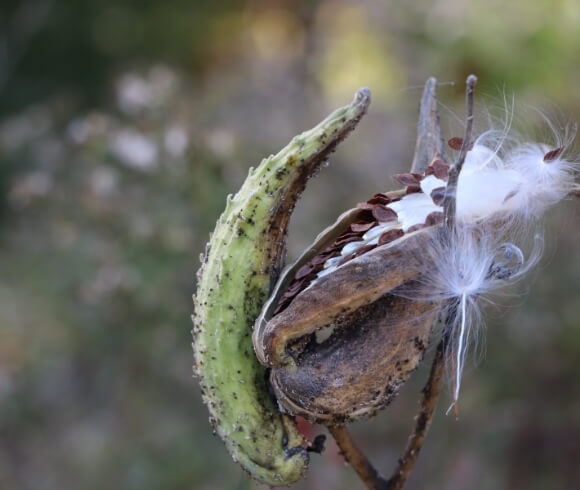
Arming yourself with the following tips and guidance for all your seed saving endeavors begins with a bit of background info in order to save those garden seeds successfully.
SEED SAVING BASICS – THE SCIENCE BEHIND SAVING SEEDS
Ok. We can all stop groaning now 😂. There are just a few sciencey (is that even a word?) bits of information you need to know before beginning to build your own seed stock. The biggest is knowing the differences between how the plants themselves were created.
Not all plants, even within the same plant type or family, are created equal. Knowing the difference between hybrid, heirloom, and open-pollinated plants will help you along the way.
For an in-depth look and breakdown of the differences between plants, take a look at my article HERE. Keep reading for a brief breakdown.
HYBRID PLANTS
Hybrid plants are created by cross-pollinating two different plant varieties or species with one another in hopes of building certain traits such as yield, disease resistance, and dependability.
Hybrid seed, typically referred to as F1 (Filial 1, meaning it’s the first generation of a plant from two cross-bred parent plants) is NOT GMO (genetically modified), are unpredictable to say the least.
NOTE: F1, aka Filial 1, does not apply to plants that have naturally hybridized or cross-pollinated in the wild.
Should you save a hybrid seed for planting next year, you simply don’t know what you will be getting. You may think you saved one plant and end up with something completely different, and possibly inedible, as hybrid plants do not typically pass on the same genetic traits as the parent plant.
OPEN-POLLINATED SEED
Open-pollinated seed varieties will produce a “true to type” plant when grown under a watchful eye. The plant will remain genetically identical to its parent plant.
Thus, when you save open-pollinated seed, you can be sure that when you plant that tomato seed next year, you will indeed be growing a recognizable tomato 😊 and one that’s edible.
Sharing Is Caring & I Thank You For It ❤️
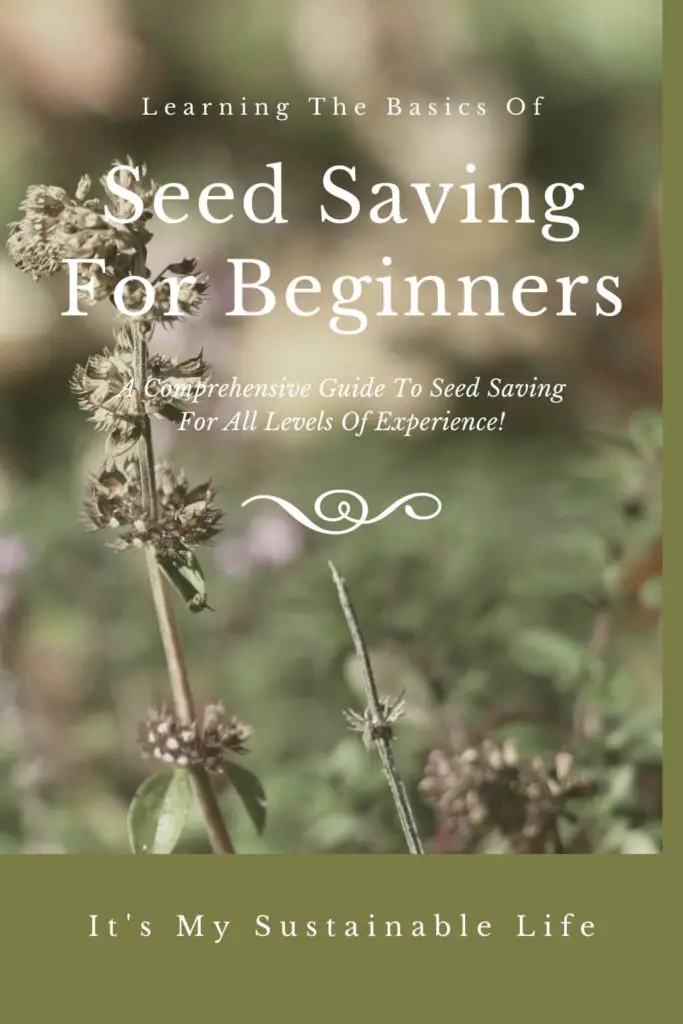
HEIRLOOM SEEDS
Heirloom seed is just that. A “rare seed” that has been passed down generation to generation, just like your Grandmother’s tea set.
All heirloom seeds are considered open-pollinated, making them a wonderful choice for seed saving. It’s worth noting that all heirloom seed are considered open-pollinated seed, however, not all open-pollinated seed are considered heirloom.
Regardless, both heirloom and open-pollinated remain viable seed and are worth saving.
When purchasing your seed from your local garden store, it’s imperative that you understand how to read your seed packet. I’ve broken it all down for you in my article “Reading And Understanding Seed Packets”.
Know that heirloom seeds will be listed as such and open-pollinated seed will be marked with the abbreviation “OP” somewhere on your packet.
UNDERSTANDING HOW PLANTS POLLINATE
It’s also helpful to understand how plants are pollinated in the first place in.
Cross-pollination is where the pollen from one plant is transferred to another. In order to save seed which is considered “pure”, this cross-pollination should be avoided by planting just one variety per species of plant. It’s helpful to know your plants “scientific” or latin genus name when trying to prevent cross-pollination. I suggest researching the cross-pollination habits of any plants you want to save seed from in order to prevent any cross-pollination issues from happening.
Researching how the plant actually pollinates will assist you in preventing cross-pollination issues. For example, plants such as tomatoes and peas are considered less likely to cross-pollinate as they actually self-pollinate before the flowers are actually open.
That’s not to say it never happens, however. Oftentimes, insects can play a role in cross-pollinating these types of plants, but rarely.
Insect pollinated plants such as squash or cucumbers or wind pollinated plants such as corn and spinach tend to cross-pollinate readily.
Beginners should strive to keep it simple and begin by saving those seed varieties that are self-pollinating, tomatoes, peas, and beans being good beginner choices. These seeds will remain true, keeping the genetic makeup of the parent plant from which they were saved.
A complete how to save tomato seeds tutorial can be found here.
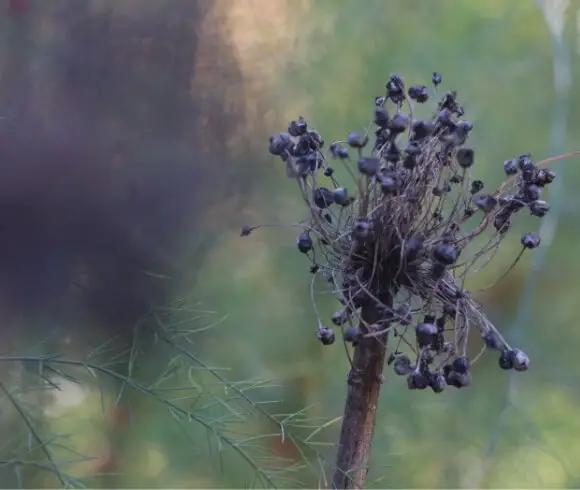
EASIEST SEEDS TO SAVE
As determined above, those seed which come from self-pollinating plants are the easiest to save the seeds from.
A few considerations for both vegetable & flower stock are…
- Peas
- Tomatoes
- Beans
- Okra
- Green Peppers
- Chili Peppers
- Eggplant
- Sunflower
- Lilies
- Orchids
- Ornamental Grasses
SAVING SEEDS FROM STORE BOUGHT VEGETABLES
Can you save the seed from your everyday grocery store purchased vegetables? It’s not impossible.
Should you live in an area that your local grocer actually labels those vegetables which the seed can be saved from, you are a lucky one!
There are a couple of factors which you may want to consider when thinking about saving your favorite vegetable seed.
- HYBRID – Often store purchased vegetables come from hybrid seed making them an “iffy” choice
- INHIBITORS – They may have been sprayed with an inhibitor chemical which keeps them from germinating
- DISEASE – You just don’t know the growing conditions of the vegetable plant from where your produce has come from
- WEAK – Germination and sprouting may be an issue as the plant may have been grown and weakened by use of chemicals
- CLIMATE – The climate which your vegetable has been grown in varies greatly from the climate which you’re gardening in
Should you go ahead and attempt to grow from seed saved grocery purchases, my biggest piece of advice is …
Buy only organic. Certified organic. Or go to your local farmer, talk to him/her about what you are wanting to do and get your fresh produce from them!
IS IT ILLEGAL TO SAVE SEEDS
The topic of seed sovereignty, the farmer’s right to save, breed, and exchange seed which is not presently patented, genetically owned or controlled by the seed giants that be, is one that should be on everyone’s radar and concern. After all, it is what maintains biodiversity and ultimately food security for all.
Seed began to look more like intellectual property beginning in the early 70’s with the passing of the PVPA (Plant Variety Protection Act) granting companies a “certificate of ownership” of seeds. This was only compounded with the Supreme Court ruling in 1980 between Diamond vs. Chakrabarty, which allowed seeds to have full patent protection.
The majority of seed breeding has now moved from public sources to privately owned labs. A whopping 60% of all global seed sales are now controlled by a mere 4, yes, you heard right, 4 companies.
On the flip side, we have concerned farmers and growers working toward developing more seed sovereignty through the expansion of plant varieties that can be saved and shared, freely.
The OSSI (Open Seed Source Initiative) is working tirelessly to “free the seed”. Working with open-pollinated plant breeders to refrain from patenting or using other legal restrictions on their seed, OSSI continues to fight the battle for a “diversified and decentralized seed industry”.
A complete list of OSSI open source seed varieties can be found HERE. And I can guarantee, the seed sources listed cannot be found at your local big box stores.
Fortunately for the home gardener, saving your open-pollinated and heirloom seeds remains legal as they are likely not patented. I do recommend doing your due diligence and researching.
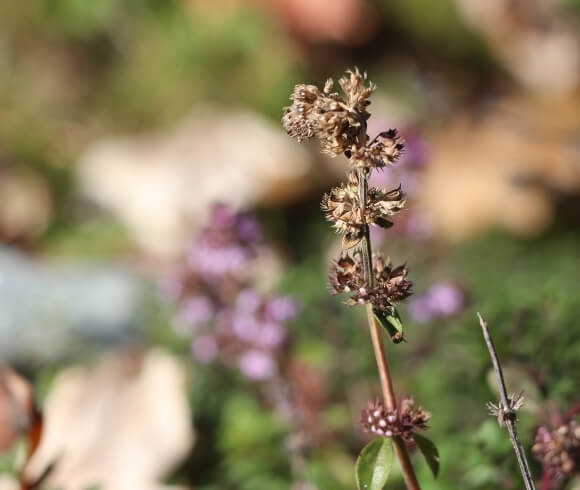
CHOOSING THE BEST PLANTS TO SAVE SEEDS FROM
As with any gardening endeavor, by choosing the strongest and healthiest of the bunch it stands to reason this will translate into strong, healthy plants the following year.
Look for those plants that look amazing and have been grown away from other plants it could possibly cross-pollinate with. Choose ones that are the healthiest looking, seem to be the most resistant to pests, are good size and shape, and have wonderful texture and color.
If possible, save seeds from the same variety from multiple plants. And always log and label the seed you are saving.
SEED SAVING CHART – GARDEN MANAGEMENT PLANNER
It’s always a good idea to keep extensive records when it comes to any gardening undertaking, and seed saving is no different.
Some good information to make note of is the plant variety name, type, date planted & harvested, any important key traits, and the area in which it was grown. The more information you can make note of the better!
I always believe I will remember year-to-year what was planted where, how much was planted, and the issue’s that may have come up throughout the growing season. I couldn’t be more wrong. Write it down, record it, I can assure you you will not remember 😊
Don’t have a convenient log in which to record this information? Be sure to give my comprehensive Garden Management Planner available in my Etsy shop a look!
WHEN TO SAVE SEEDS
Routinely seeds are collected in the fall once the fruit or flower has passed or is spent. Knowing when a seed is mature and ready to save is important as they need to be mature enough to garner the strength needed to germinate when planted.
That means allowing the plant to go past the stage you normally would allow. Let it get to the ugly stage of drying up and you can be sure your seed is mature enough to harvest.
This may mean leaving a cucumber or two to overgrow allowing the seeds to grow and multiply within. Or seeing your favorite string bean plant begin to turn yellow and brown with age as it becomes brittle. In the flower garden it may mean not gathering bouquets or deadheading blossoms and allowing those blooms to dry on their stems. Herbs can be allowed to flower and begin to dry on their stems as well.
The old adage of “letting the garden go to seed” has true meaning when the ultimate goal is saving seeds.
WHEN TO SAVE DRY SEEDS
For dry seeds such as those you would find in flowers and bean pods, the ones with no “flesh” surrounding the seed, be sure to leave on the plant as long as possible, allowing them to come to full maturity.
Wait until they are are dry on the plant or stalk (such as beans and peas) or have fully flowered (such as lettuce).
WHEN TO SAVE WET SEEDS
For seeds that can be found in wet, fleshy conditions (like tomatoes, cucumbers, or squash), leave the fruit on the plant until well passed the ripeness stage before harvesting the fruit for its seeds.
SAVING ANNUAL SEEDS
Annual seeds are from plants that have been sown in the springtime and come to fruition in the fall when the seeds are at their full maturity.
Annual vegetable seeds which can easily be saved include ….
- Tomatoes
- Peppers
- Hot Peppers
- Beans
- String Beans
- Broccoli
- Squash
- Pumpkin
- Cucumber
- Radish
- Lettuce
- Zucchini
Annual flower seeds that can be saved include …
- Sunflower
- Cosmos
- Marigold
- Calendula
- Poppy
- Nasturtium
- Zinnia
- Bachelor Buttons
Annual herb seed which can be saved include ….
- Cilantro
- Basil
- Dill
This is by no means an exhaustive list. Hopefully you have more you can think of!
SAVING BIENNIAL SEEDS
Biennial plants need two years of growth before seed heads present themselves. By leaving these plants in the garden and allowing them to mature through their second year’s growth period, these plants will set seeds which can then be harvested.
A few biennial plants you may want to save seeds from include …
- Onion
- Leek
- Carrot
- Collards
- Brussel Sprouts
- Kale
- Kohlrabi
- Turnip
- Celery
- Beet
- Parsnip
- Hollyhock
HOW TO SAVE SEEDS
How you save your seeds depends on the type of plant you will be saving your seed from, whether the seed was grown in wet conditions (fleshy) or dry conditions (such as pods).
HOW TO SAVE “DRY” SEEDS
For seeds which are considered “dry” such as beans, string beans, and flowers, saving the seed is simply a matter of waiting.
Leave these on the plant until fully dry, almost to the point of being brittle (beans), have fully ripened (peppers), or have fully flowered (lettuce).
Once they’ve reached full maturity, remove any debris or plant matter from around the seed.
Lay the seeds out in a dry, well-ventilated area out of direct sunlight to continue to dry. You will know when they are completely dry and ready to store when you gently push your fingernail into the side of the seed and there is no indentation left. If there is, simply leave the seed out longer to dry.
HOW TO SAVE “WET” SEEDS
For those seeds which have been produced in a “wet” environment, think tomatoes and cucumbers here, harvest the fruit once it is in an over-ripe state.
These type of seed should be “fermented” in order to be saved successfully. This fermentation process has two purposes, it kills unwanted viruses and separates the viable seed (they will settle at the bottom) from the duds (they will float to the top).
Remove the pulp containing the seeds and place in a jar. Cover with several inches of water and loosely cover with a cloth or coffee filter to keep unwanted pests from appearing.
Allow the jar to ferment for 2-4 days. You will notice some bubbling, this is completely normal.
Once fermented, pour and strain through a fine mesh sieve. Be sure to skim off any floaters (bad seed) and mold that may have appeared first before straining.
Gently rub the seed along the side of the sieve as you rinse your remaining seed under cold water (those that sunk to the bottom) to help remove any lingering pulp or debris.
Once the remaining seed is completely cleaned, lay them out to dry completely, again in a well-ventilated, dry area out of the direct sunlight. I will typically use paper towel to lay the seed on to dry.

HOW TO STORE SAVED SEEDS
First and foremost, before storing any of your saved garden seed be sure they are completely dry. Moisture of any kind is not your garden seed friend. I will check in on my stored seed throughout the winter months to be sure they remain dry at all times.
Secondly, your stored garden seed should be kept in a dark, cool, dry area. Cool being the key word here as higher temps can decrease the amount of time your seeds will remain viable in storage.
Ideally your stored seeds should be kept in temperatures 40°F or below but still remain above 32°F as those low temps may kill some forms of plant embryo.
Although some seed may remain viable for up to 4 years, with some lasting much longer, know that your germination rates may lower with each year kept in storage.
Organizing & Storing Leftover Garden Seed has some great options and suggestions for how to store your saved seeds. I cannot stress enough to be thorough in your organization and labeling!
Whether you store your dried seeds in jars, plastic baggies, or my preferred paper envelopes, remember cool & dry will be your stored seeds best friend(s).
There you have it! Learning the basics of saving your garden seed is pretty easy when you follow these simple steps for seed saving for beginners of all levels 😊
What seeds will you be saving this year?
Love, Light, & Laughter ~

Enjoy this article? Please consider sharing it on your favorite social media channel! Want more? Subscribe below for the occasional update with all the “happenings on the hill”!

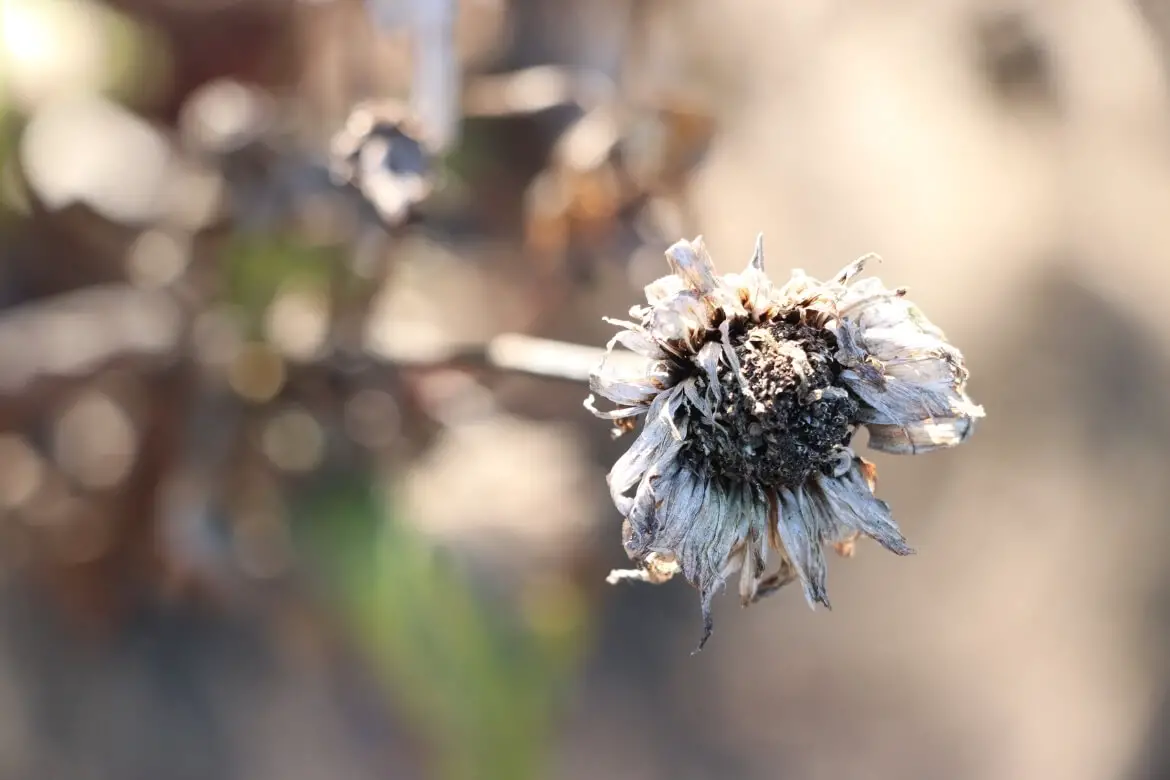
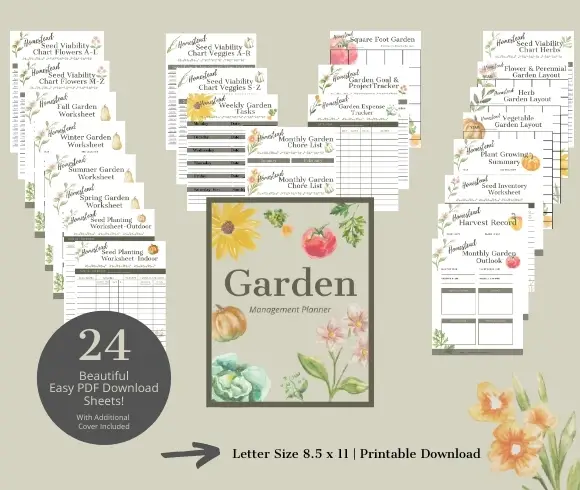

3 comments
SO much information in one spot. Thanks for putting this together and sharing with us on the Homestead Blog Hop.
This was amazingly informative! I have been saving easy seeds willy, nilly for years, but only “easy” ones… cosmos, hollyhock, etc. This inspires me to push myself a little bit and try for more! Thanks!
Suzan this it information that we need! I think more people will be planting gardens next year and should know how to buy and save seeds!
I would love it if you shared this post at my Friday with Friends link party. It open every Friday at 8am mountain time.
Thanks
Rachelle